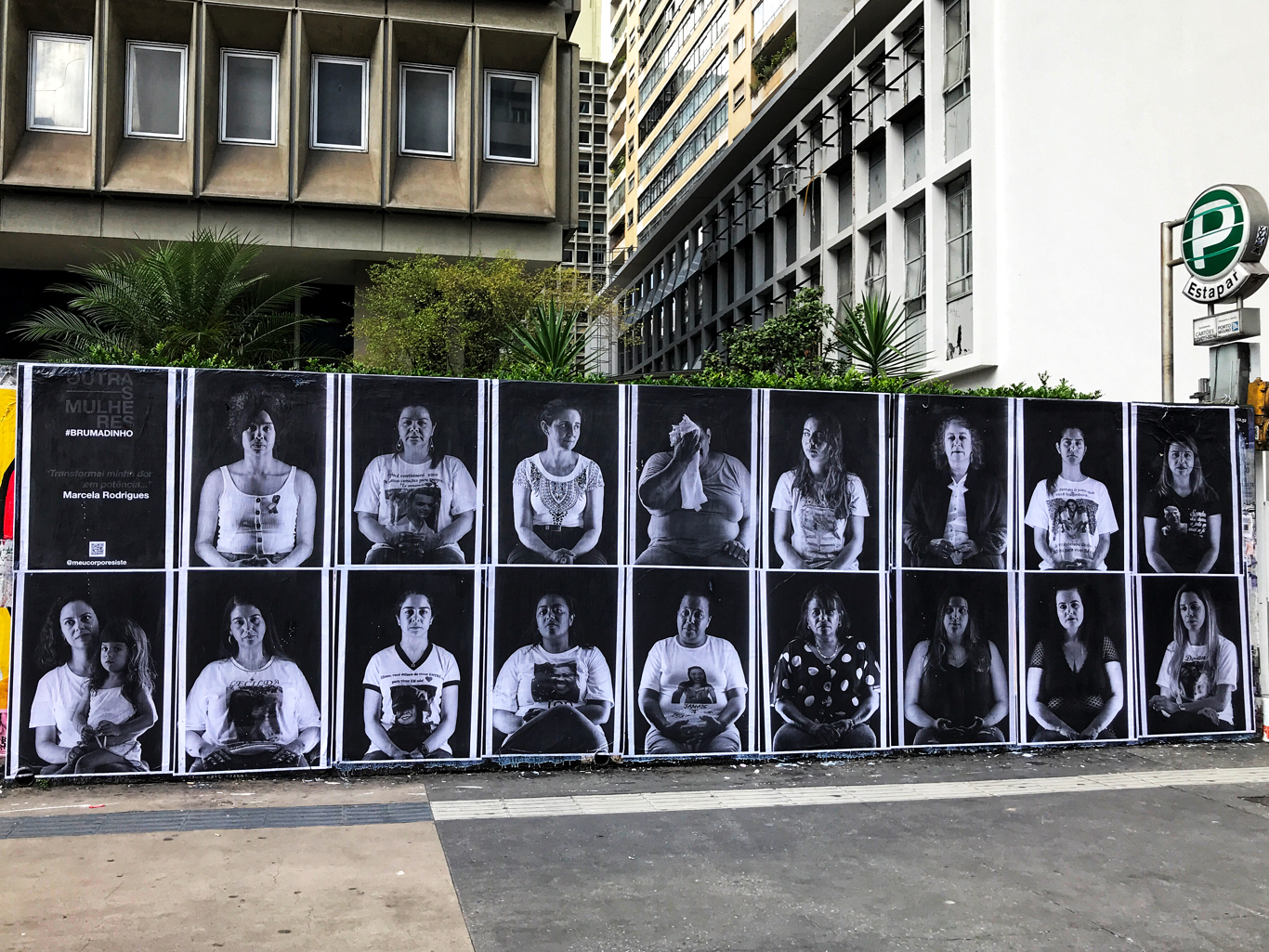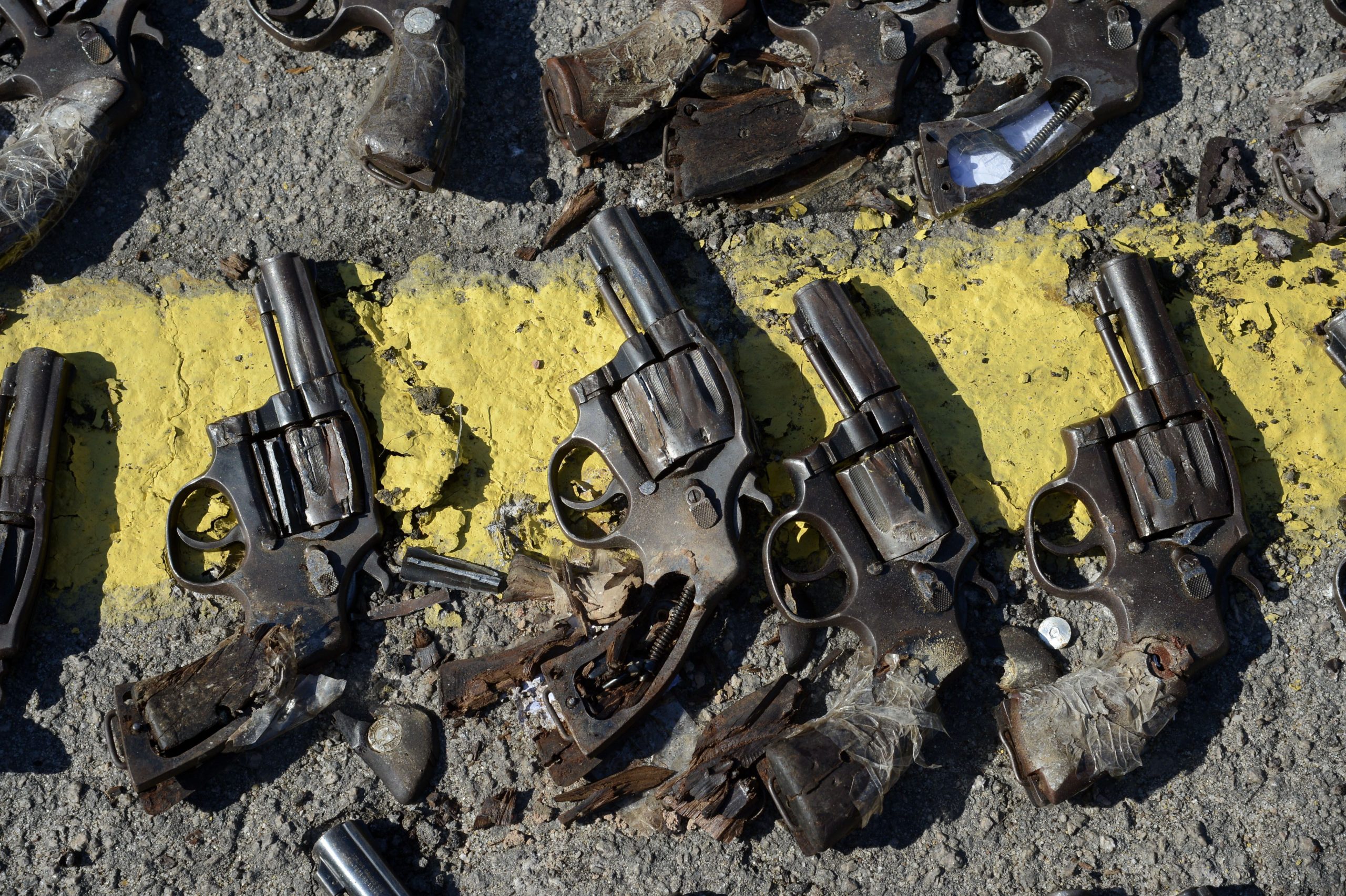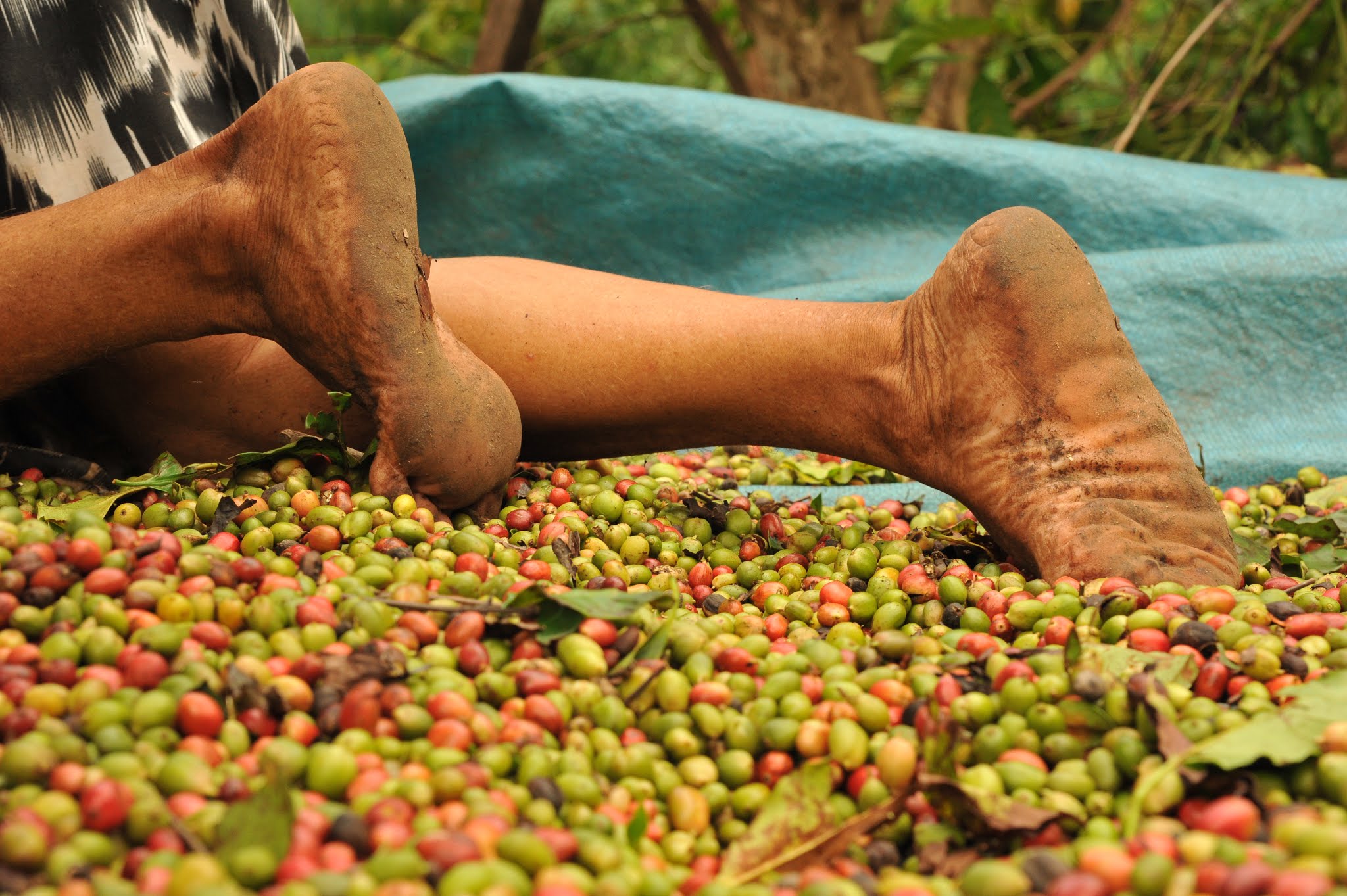“There can be no fair reparations without the participation of the affected people”
In an interview with Conectas, Marina Oliveira, an affected person and member of the Archdiocese of Belo Horizonte, and Leticia Aleixo, of Caritas Minas Gerais, criticize the billion-dollar settlement between the state government and Vale without the participation of the affected people

In early February, the government of the state of Minas Gerais and the mining company Vale sealed a billion-dollar agreement on reparations for the collapse of the dam in Brumadinho, two years ago, which left 272 victims (according to the families), both dead or disappeared, and caused other environmental and property damage.
At a cost of R$37.7 billion, the agreement includes cash transfer programs, school renovations and public health clinics in the municipalities of the Paraopeba river basin, basic sanitation projects and even the construction of a ring road in the metropolitan region of Belo Horizonte and improvements to the subway system.
The negotiations, however, excluded civil society and the representatives of the victims affected by the disaster, whose main demands are not addressed in the proposal.
For this reason, we interviewed Marina Oliveira, a resident of Brumadinho who was affected by the collapse of Vale’s dam. She is project coordinator for the affected communities at the Archdiocese of Belo Horizonte in partnership with Caritas Minas Gerais. We also spoke to Letícia Aleixo, technical advisor for Caritas Minas Gerais, who works on a project to support and strengthen the international engagement and influence of the affected communities.
Both endorse the criticisms that the agreement does not represent the reparation model demanded by the families of the victims and affected people. “The people who understand the damage best are the people who suffered it,” said Oliveira.
Read the interview in full below:

Marina Oliveira (left) is a resident of Brumadinho and an affected person. She is project coordinator for the affected communities at the Archdiocese of Belo Horizonte in partnership with Caritas Minas Gerais. Letícia Aleixo (right) works on a project to support and strengthen the international engagement and influence of the affected communities, and also for Caritas Minas Gerais.
Conectas – Who represents the affected people and how have these groups participated in the settlement agreement sealed with the government of Minas Gerais?
Marina Oliveira – There was no representation or direct participation by the affected communities in the settlement agreement sealed with the government of Minas Gerais. The State and the Institutions of Justice claim by law to be the legitimate representatives of the affected people in the Paraopeba basin in the negotiations, but how can you trust a State that is completely dependent on iron ore, that is responsible for overseeing the safety of these dams and that, to an extent, directly benefits from the agreement that was signed? How can we trust the State and the Institutions of Justice if the agreement was crafted secretly, without us even knowing what was being discussed in the negotiations? Why couldn’t we have access to the information?
Conectas – Does the current settlement adequately redress the affected people?
Letícia Aleixo: The agreement was drafted in rounds of secret negotiations in which there was no participation by the affected communities or the commissions of affected people that were created after the dam collapsed. The amount agreed between the parties – about 37 billion reals – represented a “discount” of approximately 19 billion reals for the company, considering the assessment of the damages estimated at 56 billion. And this discount, in turn, represents the net profit the company made in the third quarter of 2020. Also to be discounted from the agreed amount of 37 billion reals are the expenses already incurred, of about 11 billion, which brings us to a total of approximately 26 billion reals. It is also important to note that the agreement addresses diffuse and collective rights and that the signing parties point out that it will not interfere in the individual compensation due to the affected people. However, the lack of public participation and social control over the agreement that was signed – which, it should be noted, is of public interest – ignores the precondition that reparations must respect, first and foremost, the principle of the centrality of the victims, and also the restoration of the violated rights and the return of life to conditions at least equivalent to what they were before. For the government, the agreement represents both cash flow for a failed state and the construction of politically expedient infrastructure projects. Some of these projects have been criticized for having even more of an environmental impact on Conservation Areas. There are no mechanisms for transparency, participation and social control. When announced as a great deal, the company conveys an image of “responsibility” and of “settling due obligations”, although the situation has not essentially changed for the affected families. Moreover, there are many other dams still at risk of bursting in the same state, driving even more families from their homes. Using this narrative, the company’s reputation grows on the market, together with the price of its shares. The company also benefits from the fact that it will be in charge of implementing some programs and works, and from the elimination of some judicial investigations that would have been carried out independently, thereby remaining in control of the reparation process.
Conectas – What are the demands of the families of the victims and the affected people for fair reparations?
Marina Oliveira – First, there can be no agreement, no fair reparations, without the participation of the affected people who had their lives completely disrupted by this criminal disaster. The people who understand the damage best are the people who suffered it. For our part, the demands are many and diverse. The main demands are to locate the bodies of the 11 victims that are still missing, criminal accountability for those responsible, stricter environmental oversight of mining projects, decontamination of the Paraopeba river, environmental restoration of the entire basin, guaranteed water security for the whole affected region, swift and full reparations for all the affected people, guarantee of the memory and dignity of the victims, guarantee of non-repetition, guarantee of the centrality of the victims throughout the entire reparation process, access to information and transparency in the reparation process and guarantee of technical advice, audits, technical reports and independent scientific studies on the environmental and social impacts in the Paraopeba basin.
Conectas – What still needs to be done to obtain reparations and to avoid similar tragedies from happening again?
Letícia Aleixo – Disasters like the ones that occurred in Mariana and Brumadinho have profound impacts and perpetuate over time. The solutions, therefore, are not simple. However, some pillars need to be observed to fully repair the damage caused. Respect for the principle of the centrality of victims is certainly one of these pillars. We also need to ensure the restoration of violated rights, fair compensation for damages and public satisfaction capable of clarifying the responsibilities and applying the appropriate penalties, for example. All this within a reasonable time frame and without relinquishing or bargaining over fundamental rights. Regarding non-repetition measures, we need to discuss – and take concrete steps – to strengthen processes for environmental licensing, safety, the independent inspection of dams, environmental transparency and combating regulatory capture, for example.


